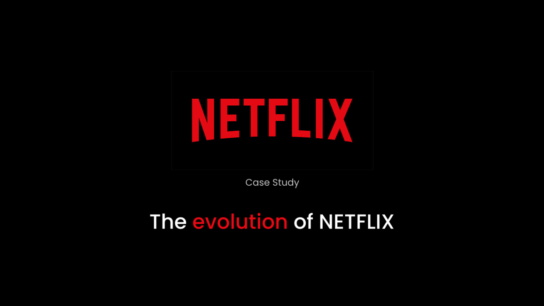In the digital age, YouTube has revolutionized how we consume content, expanding beyond its origins as a platform for short videos into a medium for full-length movies. This transformation reflects not only technological advancements but also shifting audience preferences and the democratization of filmmaking.
YouTube’s Beginnings: Video Sharing Platform
Founded in 2005, YouTube started as a user-generated content platform, allowing anyone with an internet connection and a camera to share videos with the world. Initially, these videos were short, ranging from personal vlogs to comedy sketches, tutorials, and music covers. The platform quickly gained popularity due to its ease of use, accessibility, and vast content variety.
The Rise of YouTube as a Movie Platform
As internet speeds increased and streaming technology improved, YouTube began to support longer-form content. Creators experimented with longer videos, mini-series, and eventually, feature-length films. This evolution was driven by several factors:
- Monetization Opportunities: YouTube introduced monetization options for creators, enabling them to earn revenue through advertisements, sponsorships, and subscriptions. This financial incentive motivated creators to invest in more ambitious projects, including full-length movies.
- Global Reach: YouTube’s global reach provided filmmakers with an unparalleled opportunity to showcase their work to audiences worldwide, without the traditional gatekeepers of the film industry.
- Diverse Content: YouTube’s diverse content ecosystem encouraged experimentation and innovation. Independent filmmakers, studios, and even established filmmakers began using YouTube as a distribution channel for their movies, capitalizing on its vast user base and robust analytics.
Types of YouTube Movies
YouTube movies encompass a wide range of genres and styles, catering to diverse audience tastes:
- Independent Films: Many indie filmmakers leverage YouTube to distribute their movies independently, bypassing traditional distribution channels. This approach allows them to maintain creative control and reach niche audiences.
- Web Series: Serialized content, such as web series and episodic dramas, have flourished on YouTube. Creators release episodes periodically, building a loyal subscriber base and generating ongoing engagement.
- Documentaries: YouTube has become a hub for documentary filmmakers to explore niche topics and share compelling narratives with global audiences. The platform’s accessibility has democratized documentary filmmaking, empowering storytellers to shed light on important social issues.
- Fan Films and Short Films: YouTube is home to countless fan-made films and short films, providing emerging filmmakers with a platform to showcase their talent and gain recognition.
Challenges and Opportunities
While YouTube offers filmmakers unprecedented opportunities, it also presents challenges:
- Monetization: Earning sustainable revenue can be challenging, as YouTube’s algorithms and advertising policies constantly evolve. Many creators supplement ad revenue with crowdfunding or merchandise sales.
- Copyright Issues: YouTube’s strict copyright policies can complicate the use of licensed music, footage, or intellectual property, posing legal risks for filmmakers.
- Discoverability: With millions of videos uploaded daily, standing out and attracting viewers requires strategic marketing, search engine optimization (SEO), and engaging content.
Future Trends
Looking ahead, YouTube’s role in the film industry is likely to continue evolving:
- VR and 360-Degree Videos: As virtual reality and immersive technologies gain traction, YouTube is exploring VR and 360-degree video formats, offering viewers more immersive cinematic experiences.
- Interactive Content: Interactive videos and choose-your-own-adventure narratives could redefine storytelling on YouTube, allowing viewers to shape the direction of a film’s plot.
- Global Collaboration: YouTube enables international collaborations among filmmakers, fostering a global community of creators who exchange ideas and techniques.
Conclusion
YouTube’s transition from a video-sharing platform to a hub for movies underscores its transformative impact on the entertainment industry. By democratizing filmmaking, fostering creativity, and connecting creators with global audiences, YouTube continues to redefine how movies are made, distributed, and consumed in the digital age. As technology advances and audience expectations evolve, YouTube’s influence on the future of cinema is set to grow, offering filmmakers unprecedented opportunities to innovate and engage with audiences worldwide.




